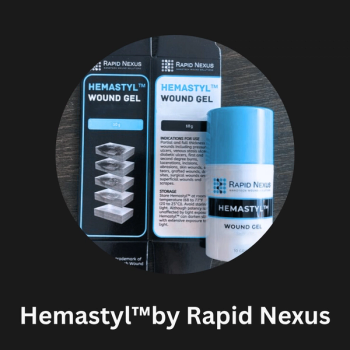
How to combat TV drug ads the right way
Physicians often find that advertisements for prescription drugs generate inappropriate demand among patients and lead to time-consuming conversations that might otherwise not be needed.
During the recent election, much was made about the unprecedented level of spending on political advertising, with more than $4.2 billion spent on Congressional races alone in 2016. But consider this: Direct-to-consumer-advertising (DCTA) for prescription medications, for TV and print ads alone, hit the $5.2 billion mark in 2015, according to STAT, a new publication launched by Boston Globe Media. Note, that the $5.2 billion figure does not include the fast-growing, but harder to measure, amount being spent for eDTCA, drug ads online including ones on social media.
Blog:
Physicians often find that advertisements for prescription drugs generate inappropriate demand among patients and lead to time-consuming conversations that might otherwise not be needed.
Although pharmaceutical marketers say that DTCA provides consumers with valuable health information, most research suggests that the ads create a range of serious problems, including excessive costs for patients, payers and the U.S. healthcare system overall.
That was the conclusion drawn by Barbara Mintzes, Ph.D., who did a
Related:
Do your patients sometimes come in to “talk with [their] doctor,” as the commercials advise, about a medicine that they want based on DTCA? For some help constructively steering these conversations, read on.
Simplistic messages need correction
Martin Derrow, MD, says he tries to understand a patient’s real problem first, when they request an advertised drug, in order to determine if they need any drug at all.
“Often, common problems require no medical intervention,” he says, adding that the person may need more exercise or another lifestyle modification.
He also says that while requests for drugs that are prompted by advertising are “not a huge distraction” in his practice, he does frequently hear from patients about one group of current ads-those which promote three vaccines for older adults. Two are meant to prevent pneumococcal infection and one is used to prevent shingles.
Further reading:
Ads for these vaccines stress that the three have FDA approval for people aged 50 and older. Meanwhile, the CDC, whose guidelines he follows, only recommends their use in patients older than 60. This discrepancy confuses his patients. He then must discuss with them the different roles of the two agencies, and the fact that the CDC has the top experts in infectious disease and looks at optimum value for vaccines.
“The pharmaceutical companies make no effort,” he says, to inform patients about CDC recommendations. All the patients hear is “50 and older.”
Suggestions for talks prompted by drug ads
When a patient requests a drug based on advertisements that they have seen, one that you wouldn’t ordinarily choose to prescribe for them, consider trying these tested approaches offered by Matthew G. Moore, MD, a solo practitioner in a rural, hospital-run practice in Grass Lake, Michigan.
Hot topic:
Although Moore finds that it’s usually possible to have a constructive conversation with a patient who asks for a particular drug, sometimes certain patients become fixated on specific drugs, based on either advertisements or recommendations from their peers. They will passionately assert that they need a drug that is just not right for them. Moore reports that in these cases, only rarely has he been able to dissuade the demanding patient, despite devoting considerable time to talking with them.
For most patients, though, the following approaches promote good choices:
- Let the patient know that you are on their side: Most heavily advertised drugs are new and expensive. Meanwhile, most of the time, equally effective and cheaper generics can save money for the patient and their insurer, which ultimately means the healthcare system as a whole spends less. In such cases, “I discuss the financial difference and the possible need for prior authorization [for the new drug],” says Moore. This way he’s showing the patient that he is their ally, and is considering factors that may be important to them, such as convenience and cost. Derrow also finds that his patients want cost-efficient care.
- Leave the door open for further discussion: When Moore prescribes a drug that’s different from the one that a patient requested, if in fact a drug is needed for that patient’s condition, he lets the patient know that they can revisit the decision later. This way, he says, “they feel heard and [know] that their contribution was not dismissed.”
- Explain that your advice to them is the same advice you would offer your own parent, sibling or friend: This “changes the tone of the conversation,” says Moore, and often gives patients greater comfort and satisfaction with the decision reached.
Newsletter
Stay informed and empowered with Medical Economics enewsletter, delivering expert insights, financial strategies, practice management tips and technology trends — tailored for today’s physicians.


















